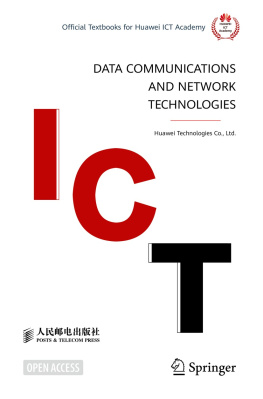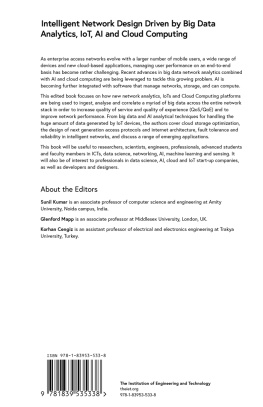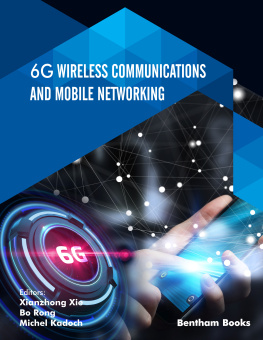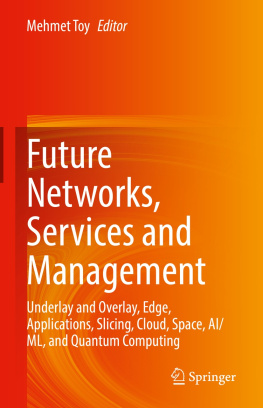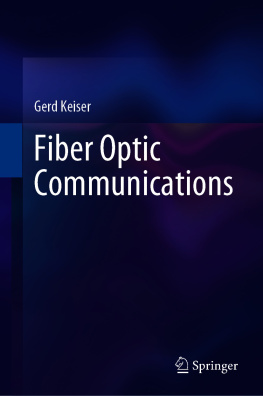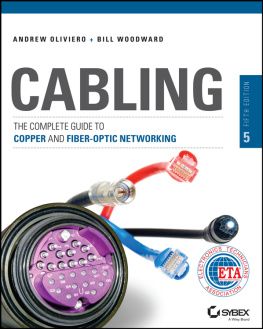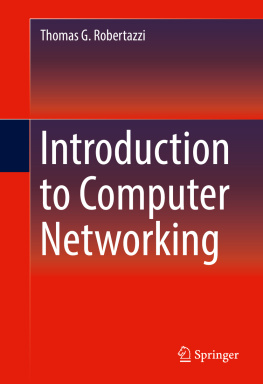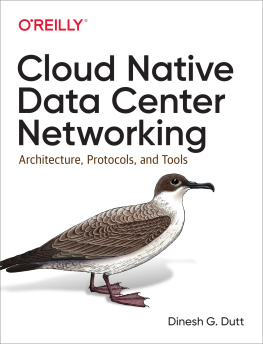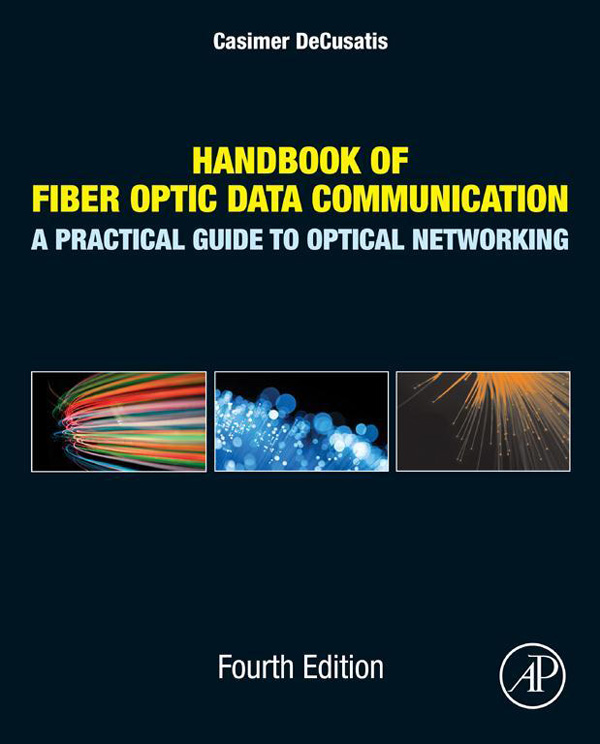Copyright 2014 Elsevier Inc. All rights reserved
No part of this publication may be reproduced, stored in a retrieval system or transmitted in any form or by any means electronic, mechanical, photocopying, recording or otherwise without the prior written permission of the publisher Permissions may be sought directly from Elseviers Science & Technology Rights Department in Oxford, UK: phone (+44) (0) 1865 843830; fax (+44) (0) 1865 853333; email: for further information
No responsibility is assumed by the publisher for any injury and/or damage to personsor property as a matter of products liability, negligence or otherwise, or from any use or operation of any methods, products, instructions or ideas contained in the material herein.
Because of rapid advances in the medical sciences, in particular, independent verification of diagnoses and drug dosages should be made
For information on all Academic Press publications visit our website at elsevierdirect.com
Preface to the Fourth Edition
In previous editions of this Handbook, I have tried to summarize the importance of optical networking to the data communication field with the following bit of poetry:
SONET
When I consider how the light is bent
By fibers glassy in this Web World Wide,
Tera- and Peta-, the bits fly by
Are they from Snell and Maxwell sent
Or through more base physics, which the Maker presents
(lambdas of God?) or might He come to chide
Doth God require more bandwidth, light denied?
Consultants may ask; but Engineers to prevent
that murmur, soon reply The Fortune e-500 do not need
mere light alone, nor its interconnect; who requests
this data, if not clients surfing the Web? Their state
is processing, a billion MIPS or CPU cycles at giga-speed.
Without fiber optic links that never rest,
The servers also only stand and wait.
C. DeCusatis, with sincere apologies to Milton
Of course, I am certainly not the only network engineer to be inspired by classic literature. Those of you who prefer Joyce Kilmer (http://www.poetry-archive.com/k/trees.html) to Milton might enjoy the following well-known piece, crafted by Radia Perlman while she was inventing the Spanning Tree Protocol (https://www.cs.washington.edu/education/courses/461/08wi/lectures/p44-perlman.pdf), which you can also hear set to music online with Ms. Perlman on piano and her daughter on vocals (http://www.youtube.com/watch?v=iE_AbM8ZykI).
Algorhyme
I think that I shall never see
A graph more lovely than a tree.
A tree whose crucial property
Is loop-free connectivity.
A tree that must be sure to span
So packets can reach every LAN.
First, the root must be selected.
By ID, it is elected.
Least-cost paths from root are traced.
In the tree, these paths are placed.
A mesh is made by folks like me,
Then bridges find a spanning tree.
The radical changes currently taking place in data networking are perhaps reflected in another poem by Radias son, Ray Perlner, who wrote this tribute to the TRILL protocol:
Algorhyme V2
I hope that we shall one day see
A graph more lovely than a tree.
A graph to boost efficiency
While still configuration-free.
A network where RBridges can
Route packets to their target LAN.
The paths they find, to our elation,
Are least cost paths to destination!
With packet hop counts we now see,
The network need not be loop-free!
RBridges work transparently,
Without a common spanning tree.
The potential replacement of spanning tree protocols (whether by TRILL or other options) is only one of the many changes in this field that led us to believe the time was right to once again update this Handbook. This is a very interesting time to be a network engineer, as the field experiences perhaps its greatest upheavals since Metcalf first introduced the basic principles of Ethernet. Since the first edition of this book was published over 10 years ago, I have tried to continually incorporate feedback and comments from readers to improve the book and ensure that it continues to provide a single, indispensable reference for the optical data communication field. You will still find a single reference for all the leading data center networking protocols and technologies, as well as many new chapters dealing with issues that did not exist when the last edition was published (including the TRILL protocol mentioned earlier). A series of all new case studies discuss real-world applications of this technology. It has become apparent that network virtualization is the next big frontier, and we are just beginning to see the full potential of data center networkingapplication aware, distance independent, infinitely scalable, user-centric networks that catalyze real-time global computing, advanced streaming multimedia, distance learning, telemedicine, and a host of other applications. We hope that those who build and use these networks will benefit in some measure from this book.
An undertaking such as this would not be possible without the concerted efforts of many contributing authors and a supportive staff at the publisher, to all of whom I extend my deepest gratitude. As always, this book is dedicated to my mother and father, who first helped me see the wonder in the world; to the memory of my godmother Isabel; and to my wife, Carolyn, and my daughters Anne and Rebecca, without whom this work would not have been possible.
Dr. Casimer DeCusatis
Editor, Poughkeepsie, New York
December 2012
Synchronous Optical Network.
The Greek symbol lambda or is commonly used in reference to an optical wavelength.
The original author of the classic sonnet On his blindness.
A Historical View of Fiber Data Communications
When I wrote the first edition of Understanding Fiber Optics in 1987, fiber had recently become the backbone of the North American telecommunications network, where it transmitted 417 Mb/s through single-mode fiber. Developers were working on the next generation to transmit 1.7 Gb/s on land. The laying of the first transatlantic fiber cable, TAT-8, was a year away. Local area networks did not need fiber at their 1987 data rates of 110 Mb/s, but developers had hopes for the coming generation of 100-Mb/s transmission. Fiber-to-the-home systems had been demonstrated to groups of 150 homes in Japan and Canada, but were far too costly for general installations.


